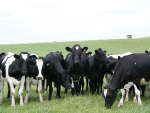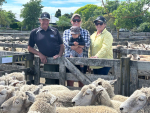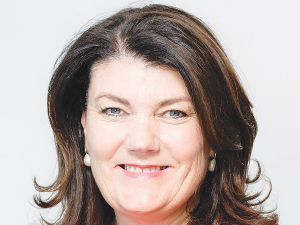There are a multitude of ways for farmers to reduce nutrient and sediment loss to waterways, but explaining this is a challenge.
At this year’s Fieldays, Massey University came up with a very simple and effective way of showing what’s possible by building an interactive model showing all the different ways.
Lucy Burkitt, a senior research officer at the School of Agriculture and the Environment at Massey, was literally swamped with people – students and farmers interested in the various options.
“The objective was to showcase some of the research we are doing and in particular the mitigation options that are available to farmers to try reduce nutrient and sediment loss to waterways,” she says.
The model is quite life-like in that it shows a typical rolling hillside complete with fences, animals etc and the different options are clearly shown. A feature, which attracted both young and old, was the option to press a button and set the irrigator in action.
The model shows variable rate irrigation, which Burkitt says is about the precise application of water to try and minimise nutrient loss particularly if the farm has different soil types.
“If there are paddocks closer to a waterway ideally a farmer might apply less water,” she explains.
The model shows fencing, riparian planting and controlled drainage, which allows the water to back up in the soil, resulting in denitrification – where the nitrate is converted into nitrogen gas that cleans the water. There is an example of wetlands and a wood chip bioreactor. In this case, water is collected in drains in a paddock and then put through the bioreactor where once again the nitrate is removed.
“We also show a detainment bund, which is at the bottom of a slope that allows ponding and for phosphorous to settle,” Birkett adds.
“We are also showcasing good practice with grazing management, which means leaving grass at the bottom of the slope so that it will capture some of the sediment.”
Burkitt says the model has worked well and has helped farmers to better understand some of the options that are available to them to deal with nutrient and sediment on their farm. She believes that the model will enable farmers to visualise what this all might look like.











